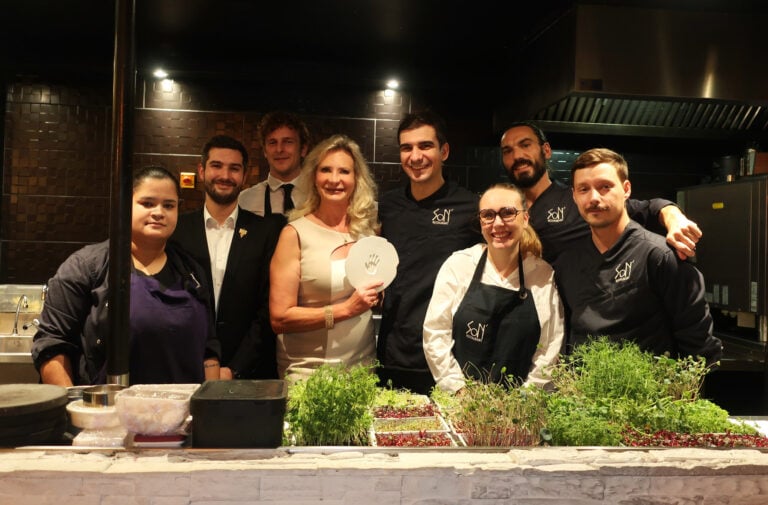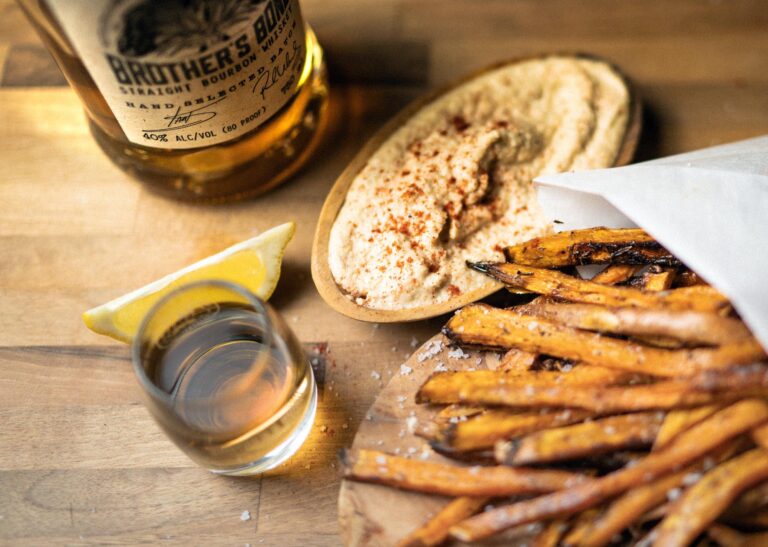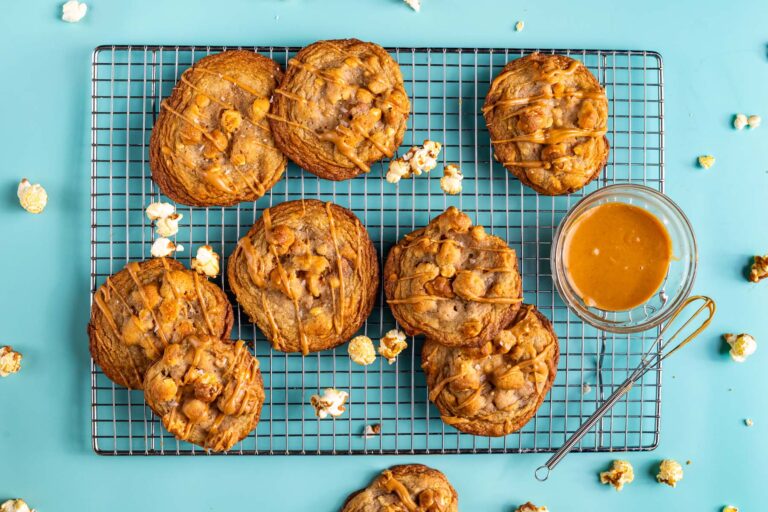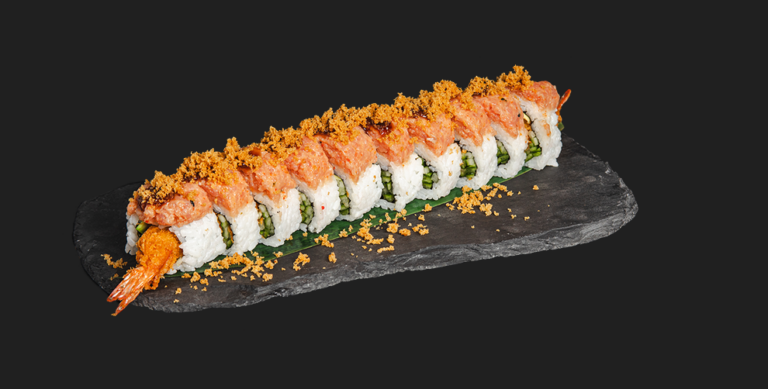The Origin of Champagne
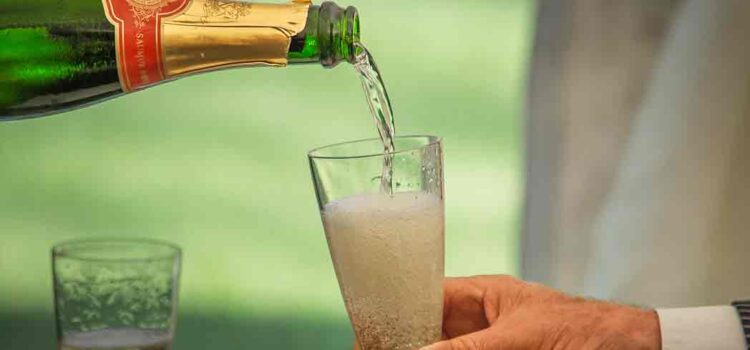
Whether natural or engineered by people, there will always be bubbles in Champagne. La Méthode Champenoise, the traditional way of making Champagne, is more than 260 years old. With a little bit of help from ingenious monks like Dom Pérignon and Dom Thierry Ruinart and the accidental discovery of the second fermentation (or possibly a direct pipeline to God?), Champagne has become internationally known as the wine that sparkles. Kings, emperors, czars and rock stars have always been intrigued by earth’s second “soft” drink (the first being water).
Champagne Styles
If you want to find out all the secrets of Champagne making, the best way is just go straight to the source, Reims and Épernay in Champagne, France, and witness it for yourself. The process is so involved that despite the latest technologies for manufacturing and storing, bottles should sell at twice their current market price. Just witnessing the storage in itself makes the trip worthwhile. Les Crayères (chalk pits), more than 250 of them excavated by the Romans some 1,800 years ago, host millions of bottles of slowly maturing wine. Among the more authentic and striking caves to visit are those of Ruinart and Pommery. Champagne styles vary from house to house and within a house; from the Rosés to the Grandes Cuvées via the Millésimes you will establish your preference.
True Champagne vs. Sparkling Wine
The invasion of sparkling wines from California has revolutionized the market. Several Champagne houses have established outposts not only in America, but also in Australia and South America, which are now producing very decent wines. Moët & Chandon started it all in Napa Valley in 1973 with the development of Domaine Chandon. Previously, Jack (now deceased) and Jamie Davis at Schramsberg established their glorious product in the Valley, but today they produce a fraction of Chandon’s output. Mumm Cuvée Napa, Piper Sonoma, Domaine Carneros and Roederer Estates are now fixtures in the American-produced sparkling wine panorama.
Remember, if it comes from California, it is not Champagne. The phrase “California Champagne” is often misused. In the United States and some South American countries, it is legal to use the term “champagne” for sparkling wine. However, many American sparkling wine producers instead indicate that their product was made by the French Méthode Champenoise. For something to be a true Champagne, it must come from a certain area of France, the mere 70,000 acres called Champagne. Everything else is just sparkling wine.

